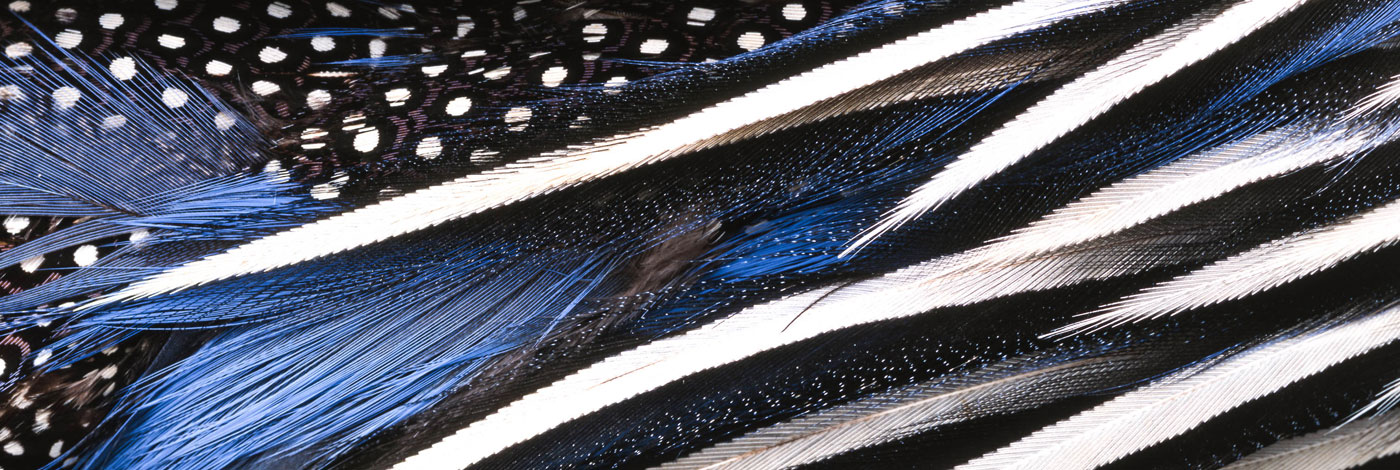

 Zoosystema
19 (2&3) - Pages 453-502
Zoosystema
19 (2&3) - Pages 453-502The first part of the present paper concerns the family Hymenosomatidae MacLeay, 1838, the only group of the superfamily Hymenosomatoidea MacLeay, 1838, which includes more than ninety species in sixteen genera. The systematic position of this group has varied considerably according to different authors and remains controversial. The crabs in question are strongly differentiated and present a unique combination of characters within the Brachyura. Their ecological preferences are extremely varied: they are found in both the open sea and brackish zones, as well as in freshwater, where their success is due to surprising modifications, such as strict oviparity in certain species.
After an historical summary, the analysis of the numerous particularities of the Hymenosomatidae attests to the extreme morphological diversity encountered in structures as fundamental as those of the male and female pleopods, the rostrum and proepistome, and the closure of the buccal frame. Certain structures are studied in detail: the abdomen, which is never composed of more than five segments (plus the telson), following the constant fusion of the telson with segment 6 (at least), and the formation of a pleotelson; the thoracic sternum, which is considerably enlarged at the level of sternites 4-8 and whose sutures 4/5-7/8 (all completely divided) are confined laterally; and the pterygostomian apertures. The intercalary plates of the male abdomen, which are sometimes mobile in the primitive genera of Hymenosomatidae, are homologous with vestigial uropods. It is deduced that the fossae of the press-button mechanism, involved in the fastening of the abdomen and always belonging to pleomere 6, are themselves the rudiments of uropods. The character states of the male genital orifice are studied, this structure being regarded as coxo-sternal. The Hymenosomatidae are therefore interpreted as highly advanced Heterotremata and not Thoracotremata. Comparisons are made with other known groups in this context: Ethusinae (Dorippidae), certain Leucosiidae and Goneplacidae.
The constant presence of a furrow encircling the dorsal surface of the carapace, here termed the hymenosomian groove, is considered to be an autapomorphy and leads to questions regarding the limits of the carapace and its relations with the skeleton, notably with the pleurites. If the very unusual characters of the endophragmal skeleton of Hymenosomatidae, particularly dealt with in the case of Odiomaris, are present in all genera (as we believe), the monophyly of the group would rest equally on this concordance. The dorso-ventral bipartition of the skeletal system into two equal parts, above and below the junction plate, and the parallel arrangement of the phragmata in the antero-posterior plane from one end of the thorax to the other, ending in a regular, symmetrical partition, are rarely encountered in other Brachyura (autapomorphy). The absence of skeletal phragmata in the median part of the thoracic sternum (except for the sella turcica) allows the sternal wall to be strongly excavated in the female and even to reach the level of the carapacial wall. This explains the formation of an incubation pocket within the cephalothorax of certain species, in which the eggs develop directly into the first stages.
The different states of certain homologous characters (localization of the urinary opening; position of the male genital orifice; reduction in the number of segments of the abdomen in males and females) have been resolved into transformation series. Some preliminary remarks are made on the phylogenetic relationships of various genera of Hymenosomatidae. The larval development of the Hymenosomatidae is discussed, being always abbreviated (no more than three zoeal stages) or direct (freshwater forms), with the absence of a true megalopa stage. This places them apart from all other Brachyura. The second part briefly deals with the morphological characteristics of a family of Majoidea, the Inachoididae Dana, 1851 (type genus Inachoides H. Milne Edwards et Lucas, 1842), with emphasis on the apomorphies. The Inachoididae are primarily characterized by the existence of morphological connections concerning certain fundamental parts of the skeleton, notably: pleurites almost horizontal; latero-external parts of pleurites extending beyond each side of carapace; insertion of the carapace into the setting gutter, marking the separation between the covered, internal part of the pleurites and their uncovered latero-external part, which is calcified and ornamented in the same way as the dorsal face of the carapace; integration of the first segment of the abdomen with the cephalothorax; absence of a true branchiostegite; endophragmal skeleton with both a dorso-ventral partition and a lateral compartment as in the Hymenosomatidae, but with the additional formation of vertical pillars in the anterior region which mark the fusion of the skeleton (i.e. pleurites) with the internal surface of the carapace, that is an exceptional disposition in Brachyura.
The Hymenosomatidae and Inachoididae are hypothesized to be closely related, giving renewed force to the old idea that the "false spider crabs" are closer to the Majoidea than to any other group. The Hymenosomatidae may represent a derived, highly specialized group relative to the Inachoididae. The differences with the Inachidae emend. (type genus Inachus Weber, 1795) are discussed.
In conclusion, certain points of the classification proposed by Guinot (1977, 1978) are modified concerning the various members of the Heterotremata-Thoracotremata assemblage. In addition to the Hymenosomatidae, several families must be transferred to the Heterotremata, namely: Inachoididae, Gonoplacidae, Hexapodidae, Pinnotheridae and Cryptochiridae, all having a coxo-sternal male sexual orifice. The only four families remaining within the Thoracotremata are the Grapsidae, Ocypodidae, Mictyridae and Gecarcinidae.
Hymenosomatoidea, Hymenosomatidae, Majoidea, Inachoididae, Heterotremata, pleotelson, uropods, locking mechanism of the abdomen, coxo-sternal male genital orifice, skeleton, pleurites, phylogeny.